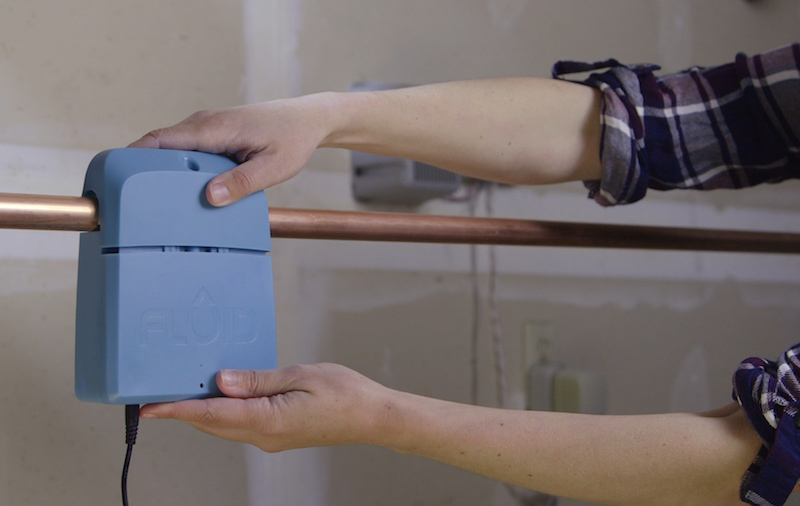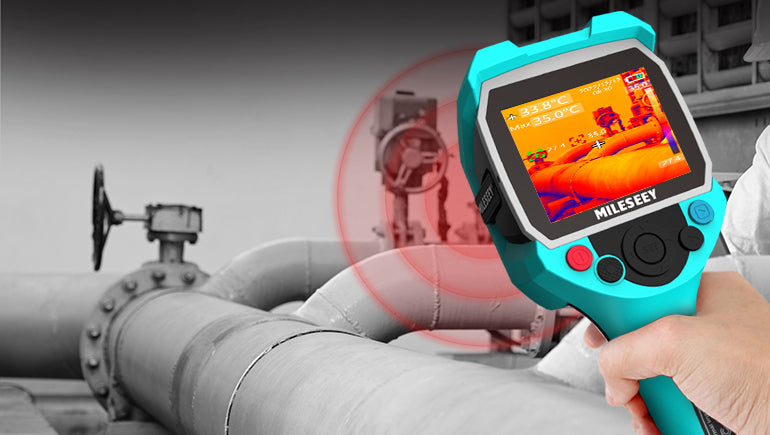Discover Reliable Water Leak Detection Solutions for Accurate and Rapid Results
Ingenious Solutions for Early Discovery of Water Leakages in Structures and Facilities
As the honesty of structures and facilities is extremely important, the difficulty of early discovery of water leaks has actually stimulated innovative services that assure to reinvent the way we guard against prospective problems. From sophisticated leakage detection modern technologies to the release of IoT sensors for real-time monitoring, the landscape of leakage prevention is evolving rapidly. Equipment discovering algorithms supply a look into the future of leakage forecast, while thermal imaging presents a non-intrusive approach for determining surprise leaks. Automated water circulation analysis systems are reshaping how leakages are determined and resolved, leading the way for a positive strategy to water leakage detection. Each of these remedies holds the crucial to ensuring the reliability and long life of our developed setting, motivating a change towards a much more sustainable and efficient future.
Advanced Leakage Discovery Technologies
Advanced leakage discovery technologies, equipped with innovative sensors and algorithms, play an essential duty in promptly identifying and identifying water leakages in numerous setups. These modern technologies employ a mix of acoustic, thermal, and electromagnetic noticing approaches to detect leakages properly. Acoustic sensors detect the noise of getting away water, allowing for specific localization of the leakage resource. Thermal imaging detects temperature changes triggered by water leak, supplying one more reliable method for leak recognition. Electromagnetic sensing units can recognize changes in magnetic fields triggered by water, using yet an additional layer of leak detection capacity.

IoT Sensors for Real-Time Tracking
In the world of contemporary water leakage detection, the integration of IoT sensors for real-time tracking represents an essential development in improving aggressive leak detection capabilities. These sensors provide continuous monitoring of water supply, giving real-time information on water flow rates, pressure variants, and temperature modifications. By leveraging IoT technology, these sensors can discover also the smallest abnormalities in water usage patterns, enabling early identification of possible leaks prior to they escalate into significant problems.
IoT sensors transfer information to a central platform, where sophisticated formulas analyze the details and generate signals or notifications when irregularities are detected. This real-time surveillance capacity enables residential property proprietors or facility managers to quickly attend to leaks, decreasing water damages, minimizing repair service prices, and conserving water sources.
Moreover, IoT sensing units can be incorporated with structure management systems, permitting automated responses to discovered leaks, such as turning off water valves or turning on pumps to mitigate the impact of leaks. Generally, the execution of IoT sensors for real-time tracking substantially improves the performance and effectiveness of water leak detection in buildings and infrastructure.
Equipment Learning Algorithms for Leak Prediction

One secret advantage of review making use of artificial intelligence for leak forecast is its capacity to constantly find out and improve its precision over time. As even more information is gathered and fed into the algorithm, it can fine-tune its predictions and adjust to changing conditions, inevitably boosting the integrity of leakage detection systems.
Moreover, artificial intelligence algorithms can help in identifying refined indications of leakages that might go unnoticed by conventional monitoring techniques. water leak detection. By evaluating complicated data embed in real-time, these formulas can offer very early warnings and informs, permitting prompt intervention and precautionary maintenance to alleviate prospective water damages and connected costs
Using Thermal Imaging for Leakage Discovery
Thermal imaging technology supplies an appealing method for detecting water leakages in numerous systems and infrastructures. By utilizing infrared radiation and temperature level variations, thermal imaging electronic cameras can recognize covert leakages that are not quickly visible to check the naked eye. When water gets away from pipes or structures, it frequently alters the temperature level of the bordering location, creating temperature differentials that thermal video cameras can record. These temperature abnormalities are after that translated into visible images, highlighting the precise place of the leakage.
Among the essential advantages of thermal imaging for leakage discovery is its non-intrusive nature. Unlike traditional approaches that may need burglarizing wall surfaces or floorings to locate leaks, thermal imaging allows for non-destructive screening. This not only saves time and lowers costs yet additionally minimizes disruption to the building or framework being evaluated. Additionally, thermal imaging can rapidly scan big areas, supplying a detailed introduction of prospective leakage sources in a prompt way. In general, using thermal imaging technology improves the efficiency and accuracy of water leakage detection, making it a useful device for preserving the honesty of buildings and frameworks.
Automated Water Flow Evaluation Systems
Just how can computerized water circulation analysis systems reinvent the discovery and management of leaks in numerous systems and facilities? Automated water flow analysis systems provide a positive strategy to leakage discovery by constantly monitoring water circulation prices and patterns. By establishing standard data, these systems can swiftly determine discrepancies that might suggest a leak, making it possible for punctual treatment to avoid extensive damage.
These systems use innovative algorithms to examine real-time data and provide prompt notifies when abnormalities are found, permitting for quick activity to be taken. In addition, computerized water circulation evaluation systems can be incorporated with structure administration systems or IoT platforms, enhancing overall other effectiveness and allowing remote surveillance abilities.
Additionally, the data collected by these systems can be utilized for predictive upkeep objectives, assisting to recognize potential weak points in the framework before leaks happen. On the whole, the execution of automatic water flow analysis systems can significantly boost leak detection and monitoring practices, inevitably resulting in set you back savings, lowered water wastage, and increased sustainability in buildings and framework.

Verdict
In final thought, the combination of advanced leakage discovery technologies, IoT sensing units, artificial intelligence algorithms, thermal imaging, and computerized water circulation analysis systems offers ingenious options for early detection of water leaks in structures and infrastructure. These innovations enable real-time surveillance, forecast of leaks, and reliable detection methods to avoid water damage and waste. Executing these remedies can help in maintaining the integrity and sustainability of water systems in numerous settings.